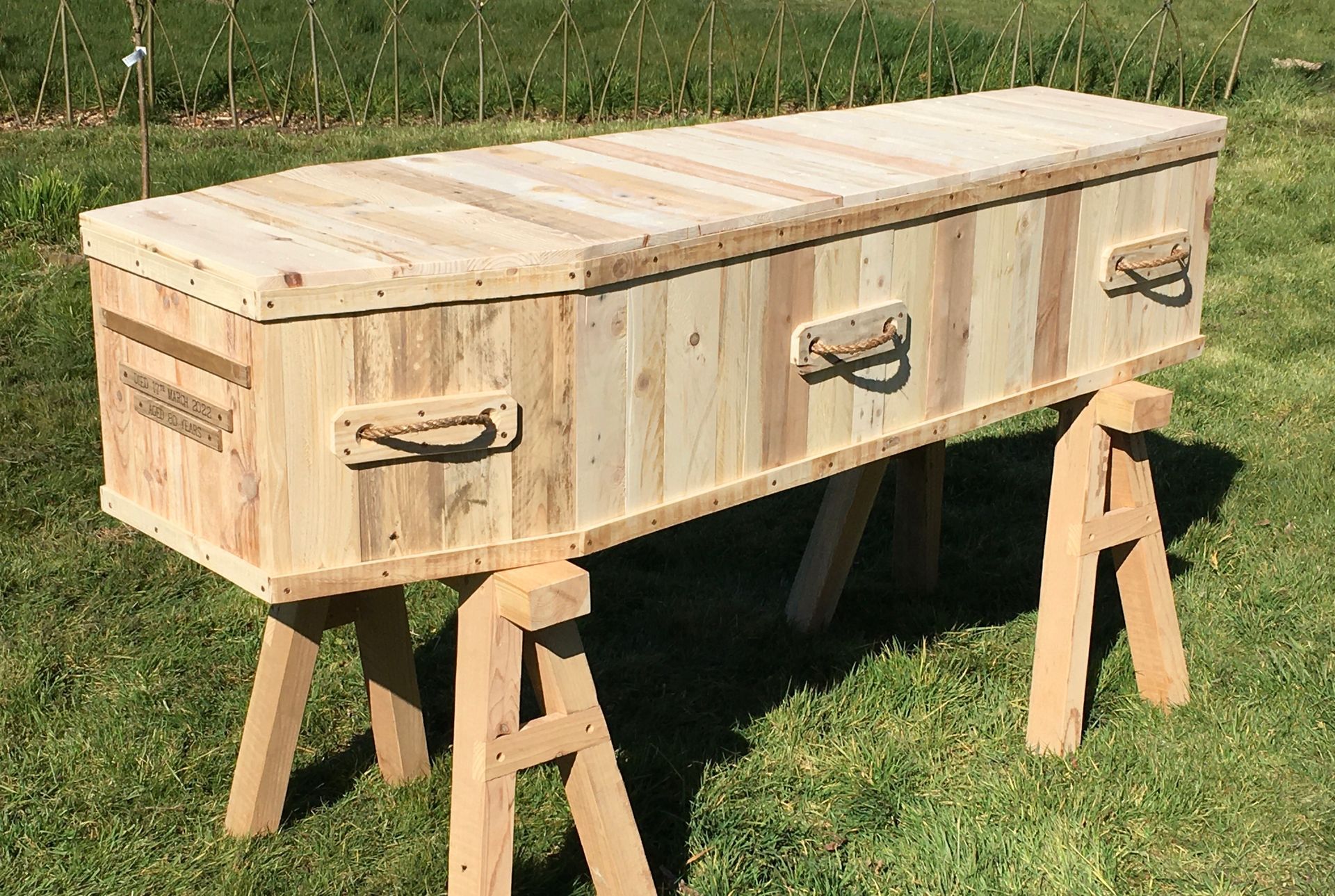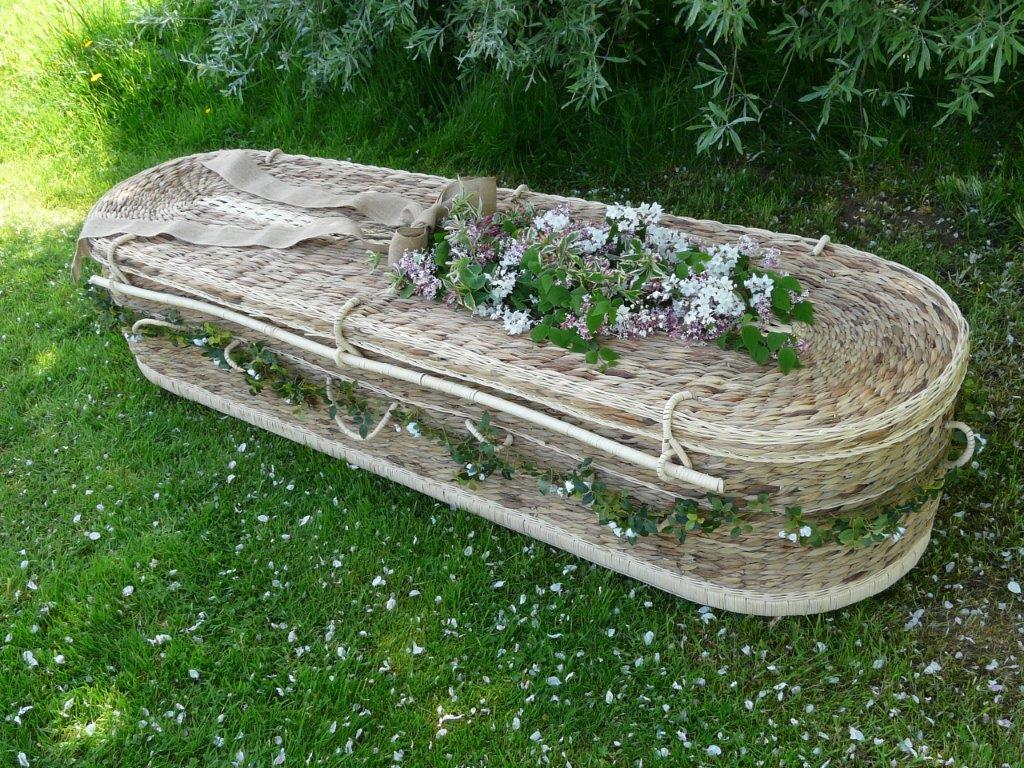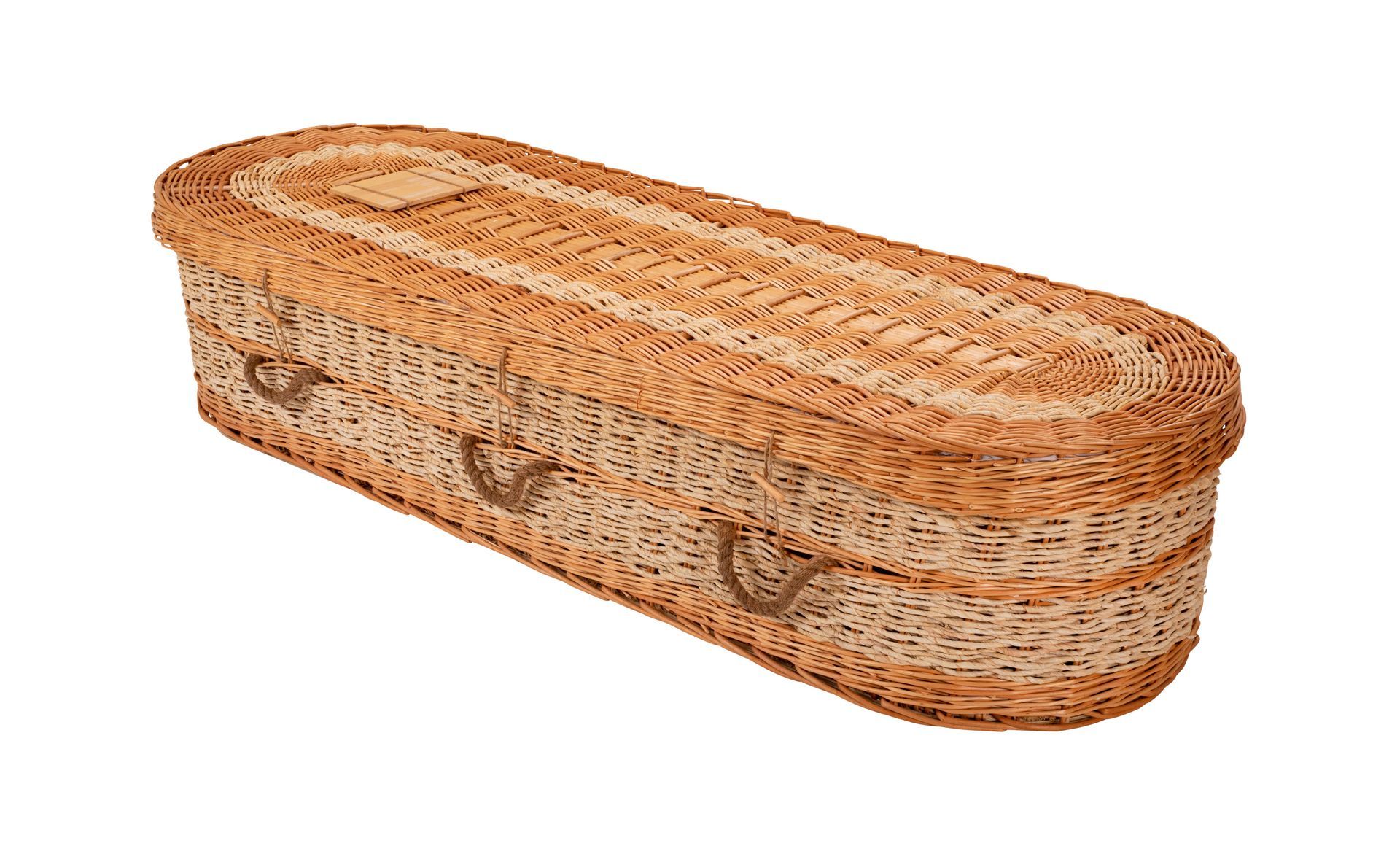Testing
What CCSA Testing Involves
In order to ensure coffins used for cremation are safe and ready to use, these tests have been carried out by a UKAS accredited and independent testing house in accordance with the Coffin and Casket Testing Protocol developed between 2013-2018.
The coffins have all been subjected to the following tests:
Strength
The coffin is placed on trestles and loaded with weights for 24 hours, after which time any vertical movement or sag is measured. If the movement is within specified parameters the test is passed.
Ball Bearing Bed Functionality Test
A loaded coffin is placed on a standard crematorium ball bearing bed for 12 hours. The coffin is then moved and checked for snagging or directional instability, which would be classed as a failure.
Roller Bed Functionality Test
The same test as above but on a roller bed
Auto-Charger Arm
Charging of a loaded coffin is simulated using a charging arm and a force applied similar to that used by crematoria. At the end of the test the coffin is inspected for any damage or deformation, which would be recorded as a failure.
TABO Insertion Machine
The coffin is placed on a rig built to mimic the TABO machine. If the coffin distorts around the supporting fingers so that it cannot be released this will be deemed a fail.
Ignition/Radiant Heat
A small representative section of material is clamped at a specified distance from a heat source to simulate a coffin approaching the cremator during charging. The temperature is increased in stages and inspected continually. Any smoldering or combustion observed during the test would be classed as a fail.
Ash Residue Quantity
This test involves heating a representative sample of the coffin material on a ceramic surface at a temperature representative of cremator conditions. If the resulting ash is above specified limits the test would be classed a fail.
Ash Residue Content
This test involves heating a representative sample of the coffin material on a ceramic surface at a temperature representative of cremator conditions. The resulting ash must be free of any glassy or unwanted residues which if present would be recorded as a failure.
Optional Tests
Handle Test
A fully loaded coffin with straps passed through the handles is hoisted to 1 mtr. Any damage or breakage is deemed to be a fail.
Coffin Liner Test
A sample of the coffin lining material is shaped into a cone and a solution representing body fluids is poured onto the surface. Any observable leakage is recorded as a failure.
Refrigeration Test (This test is available after the previous tests have been successfully completed.)
The Coffin will be placed on trestles in a controlled atmosphere room with a temperature of -4C for 24 hours. The coffin will then be removed and a full coffin strength test repeated but with prior cold room conditioning.
Testing Costs for 2026





